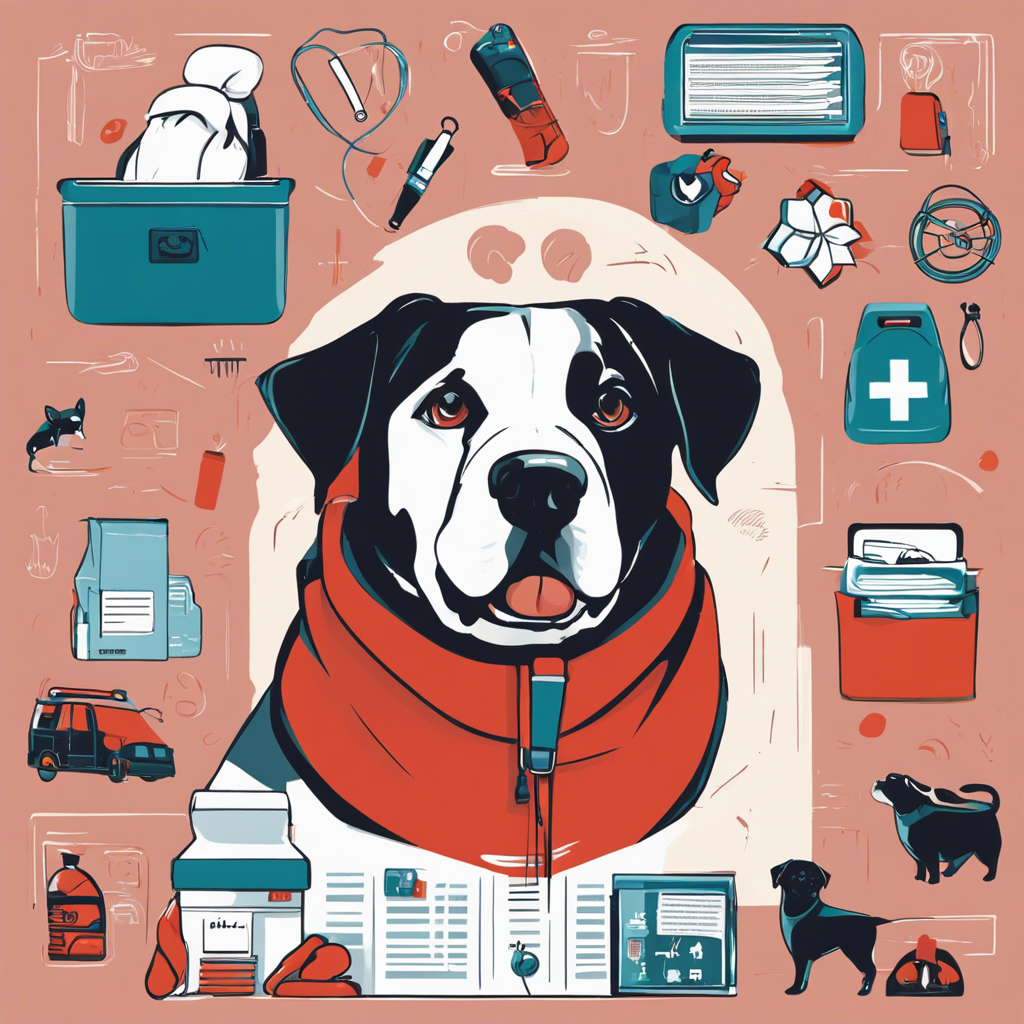Pet ownership impacts emergency planning for families with specific needs and actions to ensure their pets’ safety.
Having a pet is a significant responsibility, and it’s not just about providing food and affection. As a vital member of the family, pets demand special consideration during emergencies such as natural disasters, power outages, or unforeseen circumstances. Families often overlook preparing for emergencies, especially when pets are involved, which can lead to unfortunate consequences. This article aims to discuss the influence of pet ownership on emergency preparedness in families and provide practical tips to ensure the well-being of both family members and their beloved pets.
Understanding the Unique Challenges of Pet Ownership
Pet owners face unique challenges during emergencies. When disaster strikes, the priority is often focused on human safety, neglecting the specific needs of animals. This oversight can result in pets being left behind or not receiving the necessary care during critical times.
Pet Preparedness is Essential in Emergencies
Pet preparedness is a crucial aspect of emergency planning for families with pets. It involves understanding the unique needs of different pet species and ensuring they are met during a crisis. For instance, Ready.gov, a FEMA resource, emphasizes the importance of pet preparedness, offering a comprehensive guide to help families plan for their pets’ safety.
Family Emergency Plan with Pets
A well-prepared family emergency plan should include specific provisions for pets. This involves creating a Pet Emergency Kit, which contains essential supplies like food, water, medications, and a first-aid kit tailored to the pet’s needs. Additionally, families should identify Pet-Friendly Shelters and have a list of Pet-Friendly Hotels or boarding facilities in case evacuation is necessary, as suggested by the ASPCA’s comprehensive disaster preparedness guide.
Practical Tips for Pet Owners
Develop a Pet Emergency Plan
Families should develop a Pet Emergency Plan that includes evacuation routes, designated meeting places, and a list of emergency contacts, including local veterinarians. This plan should be practiced regularly to ensure everyone, including pets, can act swiftly during an actual emergency.
Prepare a Pet First-Aid Kit
A pet first-aid kit is essential for treating minor injuries and providing immediate care until veterinary assistance is available. Items like bandages, antiseptic wipes, and a pet-specific emergency guide should be included.
Pet Identification and Microchipping
Proper Pet Identification is crucial for reunification if pets become lost during an emergency. Microchipping pets and ensuring their ID tags are up-to-date with contact information can significantly increase the chances of a safe return.
Additional Resources and Support
The American Red Cross offers various resources for pet owners, including pet first aid training and free mobile apps to help monitor local hazards. These resources can assist families in staying informed and prepared for any emergency situation.
Q&A: Addressing Common Concerns
What should I do if I can’t take my pet with me during an evacuation?
In such cases, it’s advisable to place your pet in a crate or carrier with proper identification and contact information. Ensure they have access to food, water, and any necessary medications. Inform emergency responders or shelter staff about your pet’s location and needs.
Are there any specific precautions for different types of pets?
Different pets have unique needs. For instance, birds require transport in a secure travel cage, while reptiles need a steady heat source. Researching and understanding your pet’s specific needs is crucial for effective emergency planning.
Conclusion: A Proactive Approach to Pet Safety
Pet ownership demands a proactive approach to emergency preparedness. By understanding the unique challenges and taking practical steps, families can ensure the safety and well-being of their pets during emergencies. From developing a comprehensive pet emergency plan to creating a pet first-aid kit, every measure contributes to a more secure and stress-free environment when disaster strikes. Remember, being prepared is the best way to protect your family and your beloved pets.
